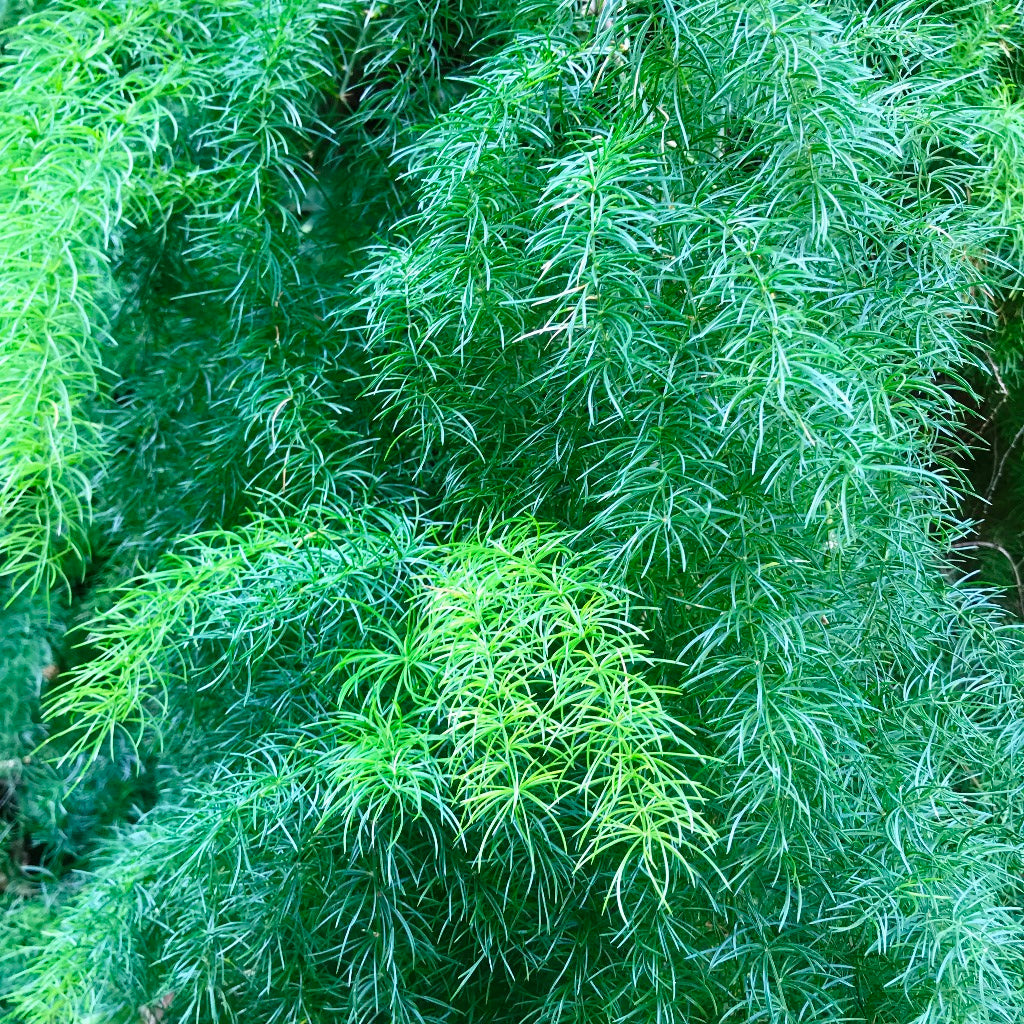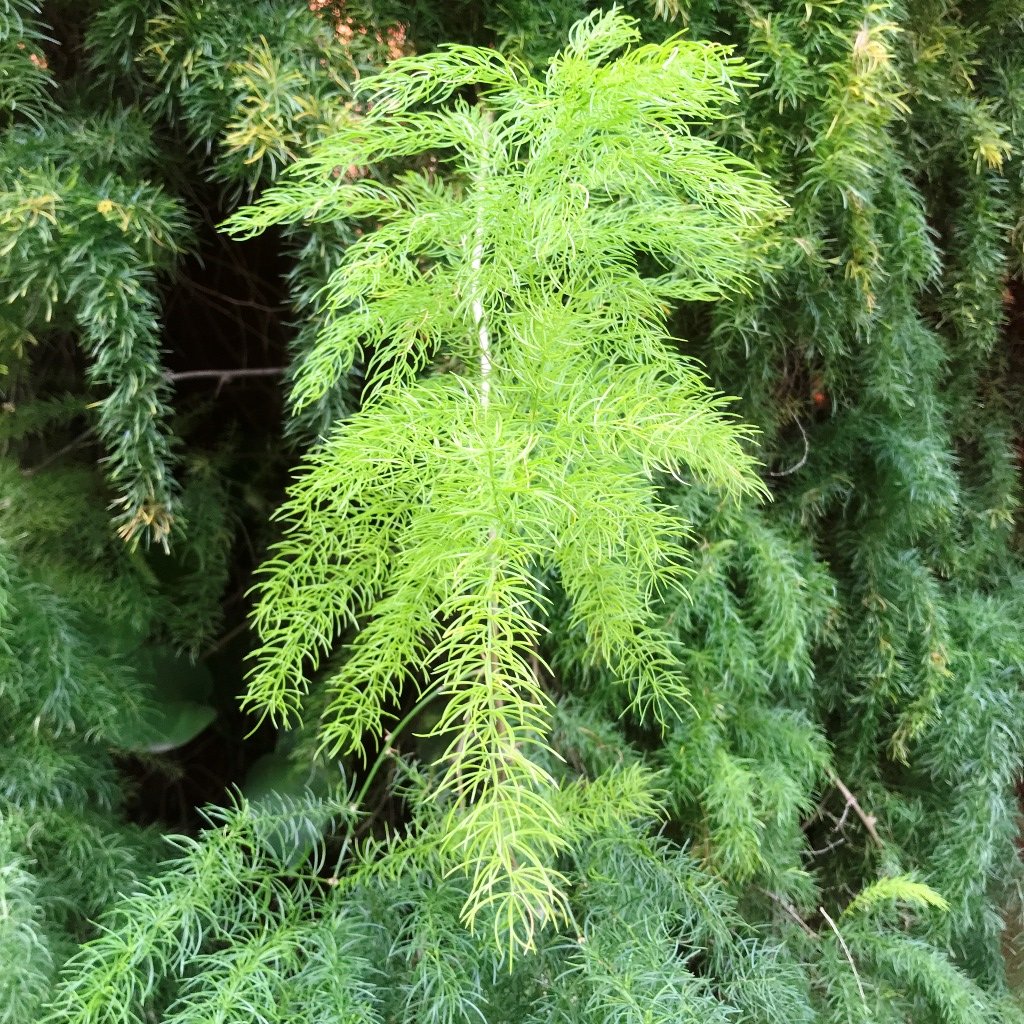Shatavari
Family
Asparagaceae
Origin
India
Description
Satawari is a woody climber growing to 1-2 m in height, with leaves like pine needles, small and uniform and the flowers white, in small spikes. It contains adventitious root system with tuberous roots. Stems are climbing, branched, up to 2 m; branches usually distinctly striate-ridged. Leaves are just modified stems, called cladodes. Branches contain spines on them. Inflorescences develope after cladodes, axillary, each a many-flowered raceme or panicle 1-4 cm. Pedicel 1.5-3 mm, slender, articulate at middle.
In July, it produces minute, white flowers with a pink tinge, 2-3 mm, bell-shaped with 6 petals on short, spiky stems, and in September it fruits, producing blackish-purple, globular berries. It has an adventitious root system with tuberous roots that measure about one metre in length, tapering at both ends, with roughly a hundred on each plant.
Shatavari is important in traditional Ayurvedic medicine. Extracts made from dried roots are used for various reproductive and hormonal issues in women.[3][4][5] It is also used in cases of gastric ulcers and indigestion.
Environment
Plants perform best in organically rich, consistently moist but well drained soils in part shade (bright indirect light or filtered sun). Avoid direct hot afternoon sun which may cause the leaves to yellow. Tolerates full shade, but foliage may turn a lighter green.
Landscape Use
Asparagus fern makes an attractive pot plant or hanging baskets - allowing the stems to arch over the sides, for a shady area, both indoors and out.




















